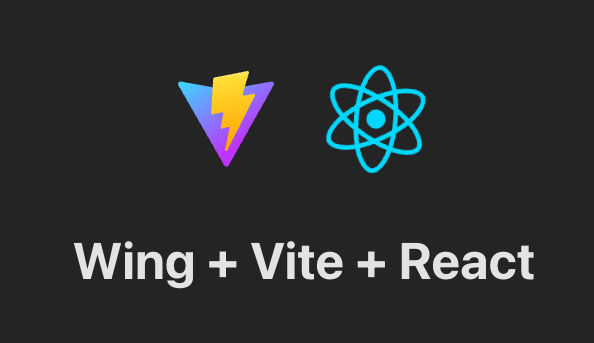63 個專案實戰,寫出作品集,讓面試官眼前一亮!
React 生態系統非常龐大,這要歸功於開發者社群。 數以千計的套件、庫和框架使其如此強大。 今天,我們正在探索 17 個很酷的 React 專案,它們對開發人員非常有用。我還介紹了三個很棒的 UI 元件庫。 讓我們跳進去吧。 --- 1. [Tolgee](https...
世界上充滿了有前景的人工智慧工具,如 Sora、ChatGPT 以及更多即將推出的工具。 我收集了一些你必須使用的令人興奮的人工智慧工具。 該清單包括 Devin AI 的開源替代品、Notion、5 秒內的語音克隆、電子郵件自動化軟體以及您從未聽說過的工具。好奇心超載! 別忘了給...
今天,我們將學習如何使用 Wing 作為後端建立全端應用程式。  我們將使用 React 和...
長話短說 ==== 我收集了您應該了解的 React 庫,以建立許多不同類型的專案並成為 React 奇才🧙♂️。 其中每一項都是獨一無二的,並且都有自己的用例。 別忘了給他們加星號🌟 讓我們開始吧! ![圖片描述](https://dev-to-uploads.s...
合作對於開發高質量程式碼至關重要。在本文中,我們將探討結對編程的概念,揭示其優點並推薦有用的工具。我們還將打破一些關於結對編程的常見誤解。 原文出處:https://dev.to/documatic/pair-programming-best-practices-and-tools-154j ...
使用 useWorker 在單獨的執行緒中,處理昂貴且阻塞 UI 的任務。 眾所周知,Javascript 是一種單線程語言。所以,做任何昂貴的任務,它都會阻塞 UI 互動。用戶需要等到它完成,才能執行剩餘的其他操作,這會帶來糟糕的用戶體驗。 為了克服和執行這些任務,Javascript...
向您介紹這個開發人員工具列表。它是一個開源專案,由社群整理。 讓我們開始吧! 🚀 原文出處:https://dev.to/dostonnabotov/ultimate-tools-for-developers-2aj2 --- ## 程式碼編輯器和 IDE 💻 - [V...
在 Web 開發世界中,有時感覺就像每天都有新的前端框架問世!大多數來去匆匆,但有一件事是肯定的:Svelte 將繼續存在。 不過,這並不意味著您應該放下一切並在今天學習!追逐最新潮流會讓您分心和不知所措。 這篇文章將一勞永逸地回答:**我應該學習 React 還是 Svelte?**。...
在 React 前端開發時,常常會需要在不同的元件、hook、utils 中寫一些邏輯。 有些時候,使用策略模式會很有幫助,這篇文章給您參考。 - 原文出處:https://dev.to/itshugo/applying-design-patterns-in-react-strategy...
React 作為一個強大的前端工具,有很多需要熟悉的基本觀念&語法。 這篇文章做一個快速的全面整理,方便工作時,可以隨時翻閱,希望您喜歡。 - 原文出處:https://dev.to/reedbarger/the-react-cheatsheet-for-2020-real-world-...
精選技術文章、免費程式設計資源、以及業界重要新聞!
也歡迎訂閱 YouTube 頻道,觀看每週二晚間的《CodeLove Talk》直播節目,一起討論軟體開發相關的話題!